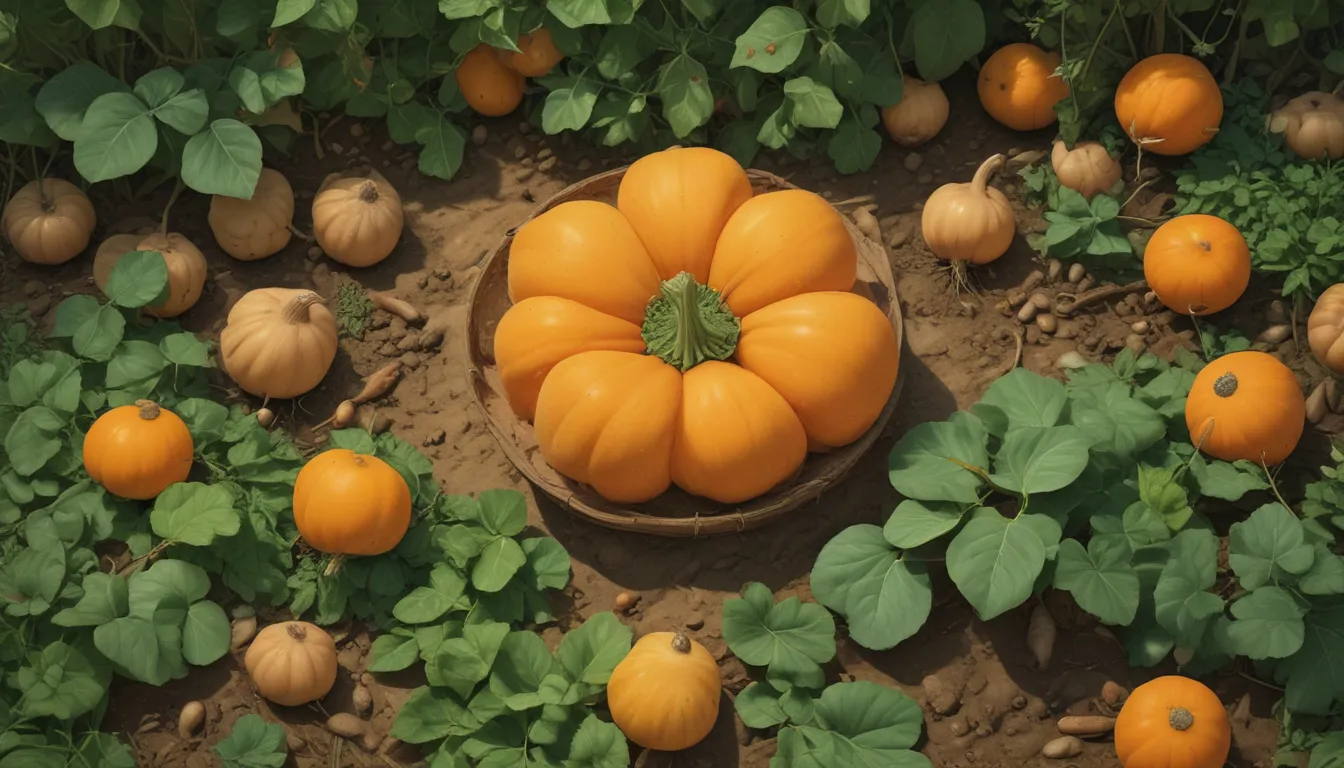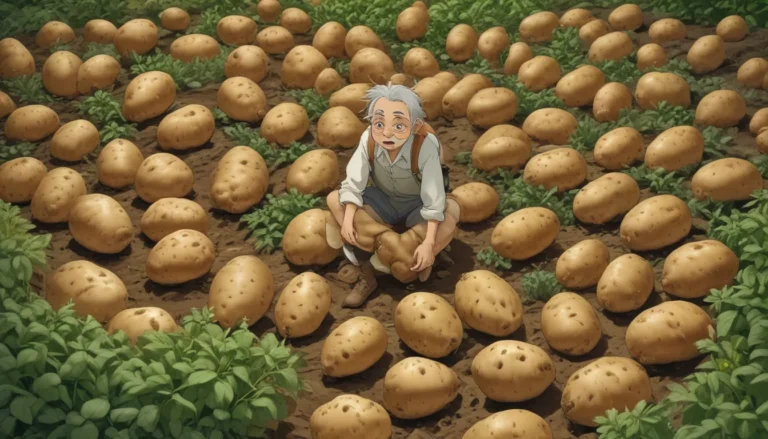A Complete Guide on How to Plant and Grow Butternut Squash

Are you a fan of delicious, nutritious veggies? Well, butternut squash might just steal your heart! This vining annual plant is not only easy to grow but also a delightful addition to your garden.
Let’s dive into this comprehensive guide on planting and growing butternut squash. From cultivation and history to propagation, maintenance, and delicious recipes – we’ve got you covered.
What Is Butternut Squash?
If you haven’t had the pleasure of enjoying butternut squash, now is the time! Also known as butternut pumpkin or gramma, this winter squash variety belongs to the species Cucurbita moschata. With its distinctive bell-shaped yellow flowers and flavorful orange flesh, it’s a must-have in any vegetable garden.
Butternut squash is a favorite in various recipes, ranging from savory dishes like soups and salads to sweet treats such as cakes and pies. Packed with vitamins A and C, this veggie is as nutritious as it is versatile.
Cultivation and History
Butternut squash has a fascinating history, dating back to its origins in the Americas. Developed through natural crosses and mutations, this delectable variety has been cherished by indigenous peoples for centuries.
With the first dependable cultivar introduced in the 1940s by amateur breeder Charles A. Leggett, the popularity of butternut squash has only grown. Today, we have a variety of options, including compact bush and dwarf cultivars like ‘Butterbush’ and ‘Honeynut.’
Propagation
When it comes to planting butternut squash, you have two options: direct sow the seeds outside or start them indoors for transplanting later. Ensure the soil temperature is at least 65°F and maintain proper spacing to allow the vines to thrive.
Whether you plant directly in the ground or start indoors, keeping the soil moist but not wet is key. With proper care and attention, your butternut squash plants will reward you with a bountiful harvest.
How to Grow
To ensure your butternut squash plants flourish, provide them with a sunny location, well-draining soil, and ample space to sprawl. Remember to water consistently and fertilize regularly to promote healthy growth and development.
Consider using mulch to retain moisture and suppress weeds, and attract beneficial insects with companion planting. With a little TLC, your vines will yield beautiful fruits that are perfect for a variety of dishes.
Growing Tips
Here are some quick tips to help you create the perfect growing environment for your butternut squash plants:
- Opt for space-saving bush or dwarf varieties in small gardens.
- Water at the base of plants to avoid wet foliage.
- Plant in hills or mounds for optimal air circulation and drainage.
- Fertilize regularly and keep the soil moist but not wet.
- Add mulch to retain moisture and suppress weeds.
Maintenance
As your butternut squash fruits grow and ripen, ensure they are raised off the ground using small boards or straw mulch. Monitor your plants for signs of heat stress, and provide light afternoon shade if needed.
While pruning isn’t essential, it can help boost yields and ensure healthy plant growth. Remember to clean up plant debris and avoid composting infected material to prevent the spread of diseases.
Cultivars to Select
When choosing butternut squash cultivars, consider options like ‘Butterbush,’ ‘Butterkin,’ ‘Honeynut,’ ‘Pilgrim,’ and ‘Waltham.’ Each variety offers unique qualities, flavors, and growth habits suitable for different gardening preferences.
Managing Pests and Disease
Keep an eye out for common pests such as squash bugs and powdery mildew, which can affect your butternut squash plants. Employ strategies like handpicking bugs, removing infected foliage, and promoting good air circulation to prevent disease outbreaks.
Harvesting
Harvest your butternut squash when the rinds have hardened and turned from green to tan. To ensure optimal storage and flavor, allow the fruits to cure for a few weeks in a warm, dry location.
Proper harvesting techniques, including leaving a two-inch stem attached to the fruit, can help extend the shelf life of your harvest. Remember to store seeds for future propagation in a cool, dry place.
Recipes and Cooking Ideas
Looking for inspiration on how to enjoy your butternut squash harvest? From biscuits and soups to salads and risottos, the culinary possibilities are endless. Check out our list of 15 mouthwatering butternut squash recipes for a taste of creativity and flavor.
Quick Reference Growing Guide
Here’s a quick overview of essential growing information for butternut squash:
- Plant Type: Annual vining vegetable
- Maintenance: Moderate
- Hardiness (USDA Zone): 2-11
- Season: Summer-fall
- Exposure: Full sun
- Time to Maturity: 75-120 days days
- Spacing: 6-12 inches
- Height: Up to 18 inches
From selecting the right cultivars to managing pests and diseases, this guide covers everything you need to know about growing butternut squash successfully. With proper care and attention, you’ll soon be enjoying the fruits of your labor in a variety of delicious recipes.
Do you have a favorite butternut squash cultivar or growing tip to share? We’d love to hear from you in the comments below!
For more gardening tips and information, check out our guides on other winter squash varieties like spaghetti squash, pumpkins, and calabaza squash. Happy gardening!
This comprehensive guide provides valuable insights and practical advice on planting and growing butternut squash. With detailed information on cultivation, propagation, and maintenance, as well as delicious recipes and cultivar recommendations, readers are equipped with everything they need to cultivate a successful crop. Whether you’re a seasoned gardener or new to growing veggies, this guide offers valuable tips and suggestions for a rewarding gardening experience.





